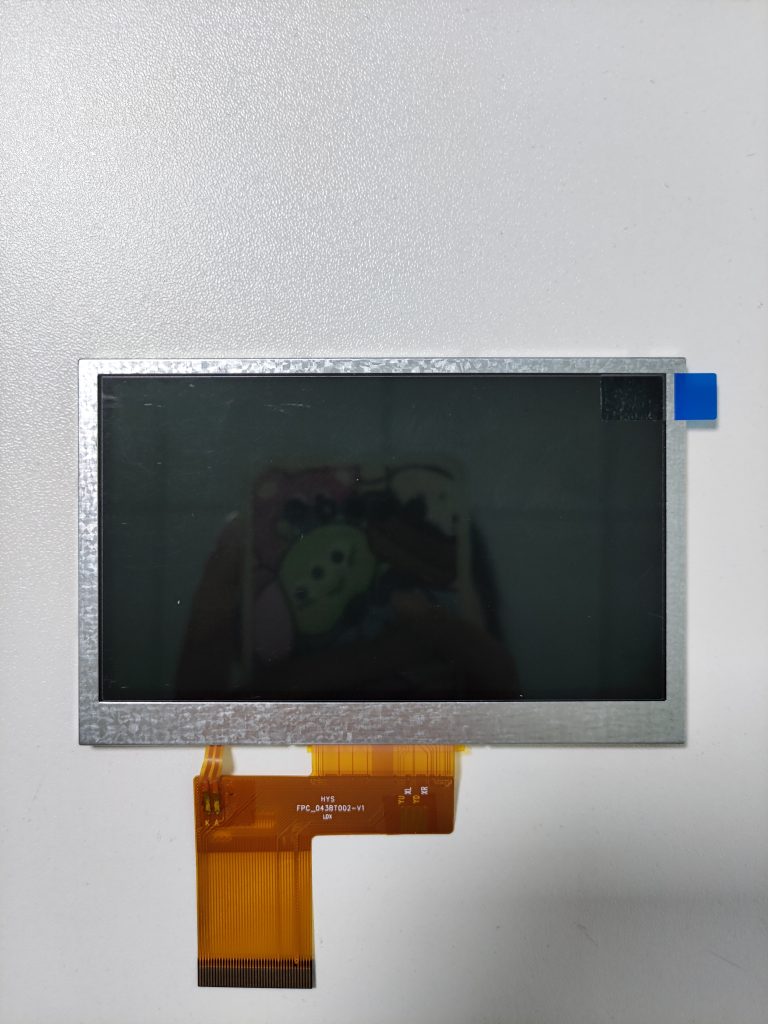Table of Contents
فوائد استخدام زر تشغيل/إيقاف شاشة LCD في الأجهزة الإلكترونية
في عالم الأجهزة الإلكترونية، يلعب زر تشغيل/إيقاف شاشة LCD دورًا حاسمًا في تزويد المستخدمين بطريقة ملائمة للتحكم في أجهزتهم. يتيح هذا الزر الصغير والقوي للمستخدمين تشغيل أجهزتهم وإيقاف تشغيلها بسهولة بمجرد ضغطة بسيطة. فوائد استخدام زر تشغيل/إيقاف شاشة LCD عديدة، مما يجعلها ميزة أساسية في الأجهزة الإلكترونية الحديثة.

كيفية تنفيذ زر تشغيل/إيقاف شاشة LCD في مشاريعك اليدوية
تُستخدم شاشات العرض الكريستالية السائلة (LCD) بشكل شائع في مشاريع DIY لعرض معلومات مثل درجة الحرارة أو الوقت أو قراءات المستشعر. ومع ذلك، في بعض الأحيان يكون من الضروري أن تكون لديك القدرة على تشغيل شاشة LCD أو إيقاف تشغيلها لتوفير الطاقة أو تقليل عوامل التشتيت. في هذه المقالة، سنناقش كيفية تنفيذ زر تشغيل/إيقاف تشغيل شاشة LCD في مشاريعك التي يمكنك تنفيذها بنفسك.
إحدى طرق تنفيذ زر تشغيل/إيقاف تشغيل شاشة LCD هي استخدام زر ضغط فعلي يقوم بالتبديل بين تشغيل وإيقاف تشغيل الشاشة. يمكن تحقيق ذلك عن طريق توصيل زر الضغط بالدبوس الرقمي الموجود على وحدة التحكم الدقيقة التي تتحكم في شاشة LCD. عند الضغط على الزر، يمكن لوحدة التحكم الدقيقة تبديل العرض أو إيقاف تشغيله عن طريق إرسال إشارة إلى شاشة LCD.
هناك طريقة أخرى لتنفيذ زر تشغيل/إيقاف تشغيل شاشة LCD وهي استخدام أسلوب قائم على البرامج. يمكن تحقيق ذلك عن طريق إضافة خيار قائمة إلى مشروعك يسمح للمستخدم بتشغيل العرض أو إيقاف تشغيله. عندما يحدد المستخدم خيار إيقاف تشغيل الشاشة، يمكن لوحدة التحكم الدقيقة التوقف عن إرسال البيانات إلى شاشة LCD، مما يؤدي إلى إيقاف تشغيلها بشكل فعال. عندما يحدد المستخدم خيار تشغيل الشاشة، يمكن لوحدة التحكم الدقيقة استئناف إرسال البيانات إلى شاشة LCD، وتشغيلها مرة أخرى.
أحد الاعتبارات المهمة عند تنفيذ زر تشغيل/إيقاف تشغيل شاشة LCD هو التأكد من سهولة الوصول إلى الزر للمستخدم. يمكن تحقيق ذلك عن طريق وضع الزر في مكان مناسب على حاوية المشروع أو عن طريق إضافة زر مخصص إلى واجهة مستخدم المشروع.
من المهم أيضًا مراعاة استهلاك الطاقة لشاشة LCD عند تنفيذ زر التشغيل/الإيقاف . يمكن أن يساعد إيقاف تشغيل شاشة LCD عندما لا تكون قيد الاستخدام في توفير الطاقة وإطالة عمر بطارية مشروعك. بالإضافة إلى ذلك، فإن تقليل مقدار الوقت الذي تكون فيه شاشة LCD قيد التشغيل يمكن أن يساعد في تقليل التشتيت وتحسين تجربة المستخدم بشكل عام.
عند تنفيذ زر تشغيل/إيقاف تشغيل شاشة LCD، من المهم اختبار الوظيفة بدقة للتأكد من أن الزر يعمل بشكل جيد. العمل كما هو متوقع. يمكن تحقيق ذلك عن طريق اختبار الزر في سيناريوهات مختلفة والتأكد من استجابة شاشة LCD بشكل صحيح للضغط على الزر. تحسين تجربة المستخدم الشاملة. سواء اخترت استخدام زر ضغط فعلي أو أسلوب قائم على البرامج، فمن المهم مراعاة إمكانية الوصول إلى الزر، واستهلاك الطاقة لشاشة LCD، واختبار وظيفة الزر بدقة. باتباع هذه الإرشادات، يمكنك بنجاح تنفيذ زر تشغيل/إيقاف شاشة LCD في مشاريعك اليدوية.
Liquid Crystal Display (LCD) screens are commonly used in DIY projects to display information such as temperature, time, or sensor readings. However, sometimes it is necessary to have the ability to turn the LCD screen on or off to save power or reduce distractions. In this article, we will discuss how to implement an LCD on/off button in your DIY projects.
One way to implement an LCD on/off button is to use a physical push button that toggles the display on and off. This can be achieved by connecting the push button to a digital pin on the microcontroller that is controlling the LCD screen. When the button is pressed, the microcontroller can toggle the display on or off by sending a signal to the LCD screen.
Another way to implement an LCD on/off button is to use a software-based approach. This can be achieved by adding a menu option to your project that allows the user to turn the display on or off. When the user selects the option to turn the display off, the microcontroller can stop sending data to the LCD screen, effectively turning it off. When the user selects the option to turn the display on, the microcontroller can resume sending data to the LCD screen, turning it back on.
One important consideration when implementing an LCD on/off button is to ensure that the button is easily accessible to the user. This can be achieved by placing the button in a convenient location on the project enclosure or by adding a dedicated button to the project’s user interface.
It is also important to consider the power consumption of the LCD screen when implementing an on/off button. Turning off the LCD screen when it is not in use can help to save power and extend the battery life of your project. Additionally, reducing the amount of time that the LCD screen is on can help to reduce distractions and improve the overall user experience.
When implementing an LCD on/off button, it is important to test the functionality thoroughly to ensure that the button is working as expected. This can be achieved by testing the button in different scenarios and ensuring that the LCD screen responds correctly to the button press.
In conclusion, implementing an LCD on/off button in your DIY projects can help to save power, reduce distractions, and improve the overall user experience. Whether you choose to use a physical push button or a software-based approach, it is important to consider the accessibility of the button, the power consumption of the LCD screen, and to thoroughly test the functionality of the button. By following these guidelines, you can successfully implement an LCD on/off button in your DIY projects.



